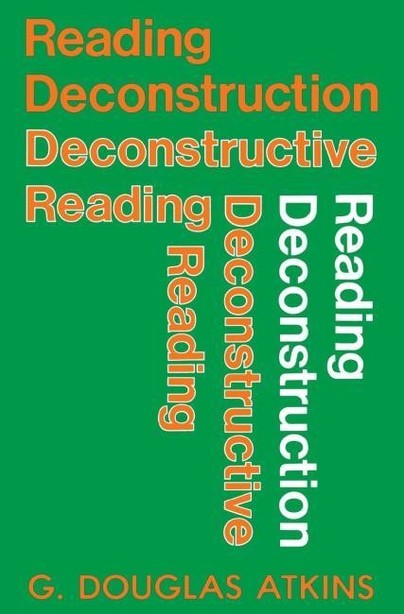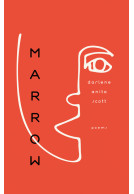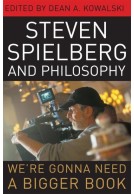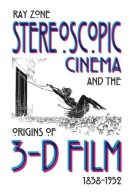Google Books previews are unavailable because you have chosen to turn off third party cookies for enhanced content. Visit our cookies page to review your cookie settings.
Reading Deconstruction/Deconstructive Reading (Paperback)
Imprint: University Press of Kentucky
Pages: 168
ISBN: 9780813101651
Published: 2nd February 1985
Script Academic & Professional
Pages: 168
ISBN: 9780813101651
Published: 2nd February 1985
Script Academic & Professional
This book will be reprinted and your order will be released in due course.
You'll be £14.00 closer to your next £10.00 credit when you purchase Reading Deconstruction/Deconstructive Reading. What's this?
+£4.99 UK Delivery or free UK delivery if order is over £40
(click here for international delivery rates)
Need a currency converter? Check XE.com for live rates
(click here for international delivery rates)
Need a currency converter? Check XE.com for live rates
Deconstruction -- a mode of close reading associated with the contemporary philosopher Jacques Derrida and other members of the "Yale School" -- is the current critical rage, and is likely to remain so for some time. Reading Deconstruction / Deconstructive Reading offers a unique, informed, and badly needed introduction to this important movement, written by one of its most sensitive and lucid practitioners. More than an introduction, this book makes a significant addition to the current debate in critical theory.
G. Douglas Atkins first analyzes and explains deconstruction theory and practice. Focusing on such major critics and theorists as Derrida, J. Hillis Miller, and Geoffrey Hartman, he brings to the fore issues previously scanted in accounts of deconstruction, especially its religious implications. Then, through close readings of such texts as Religio Laici, A Tale of a Tub, and An Epistle to Dr. Arbuthnot, he proceeds to demonstrate and exemplify a mode of deconstruction indebted to both Derrida and Paul de Man. This skillfully organized book, designed to reflect the "both/ and" nature of deconstruction, thus makes its own contribution to deconstructive practice. The important readings provided of Dryden, Swift, and Pope are among the first to treat major Augustan texts from a deconstructive point of view and make the book a valuable addition to the study of that period.
Well versed in deconstruction, the variety of texts he treats, and major issues of current concern in literary study, Atkins offers in this book a balanced and judicious defense of deconstruction that avoids being polemical, dogmatic, or narrowly ideological. Whereas much previous work on and in deconstruction has been notable for its thick prose, jargon, and general obfuscation, this book will be appreciated for its clarity and grace, as well as for its command of an impressively wide range of texts and issues. Without taming it as an instrument of analysis and potential change, Atkins makes deconstruction comprehensible to the general reader. His efforts will interest all those concerned with literary theory and criticism, Augustan literature, and the relation of literature and religion.
Other titles in University Press of Kentucky...















